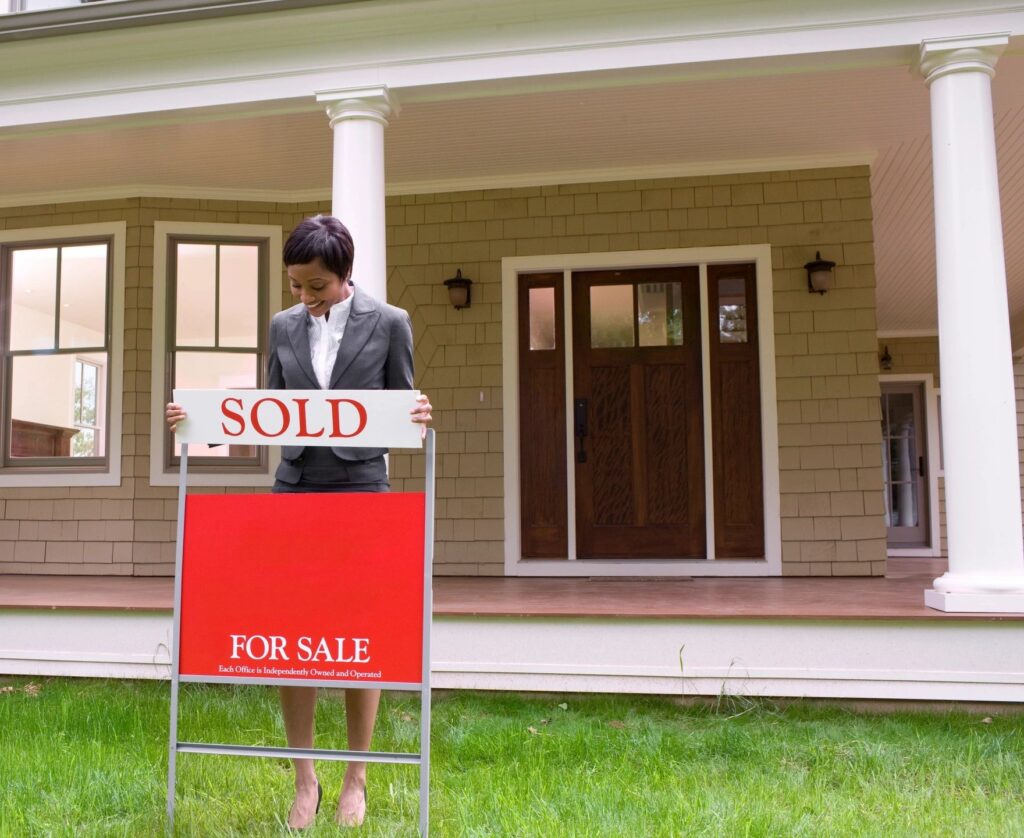Understanding the Capital Gain Exclusion on Personal Residences

Homeownership is a primary goal for many Americans, which is why around two-thirds of homes in the US are owner-occupied. Not only do most American households own homes, but homes typically represent the most significant portion of household net worth. So when it comes time to sell your home, the potential for a capital gain—the profit made from the sale of the property—can be substantial, especially factoring in the recent rise in home prices. However, the good news for homeowners is that there is a capital gain exemption specifically designed to ease or even erase the tax burden associated with the sale of a primary residence.
Capital gains occur when an asset is sold for more than it was purchased. Typically, capital gains are subject to capital gain taxes, reducing net profit on the sale of an asset. If the correct criteria are met, the Internal Revenue Service (IRS) allows capital gains of up to $250,000 for single filers and $500,000 for married tax filers to be excluded from taxation upon the sale of a personal residence.
The criteria to qualify for this exclusion include the following conditions:
- Ownership and Use Tests: Own and used the home as a primary residence for at least two of the last five years before the sale. These two years do not have to be consecutive.
- Frequency: The exclusion cannot be claimed if it was claimed on another home sale within the last two years.
- Exceptions: There are some exceptions to the ownership and use tests, such as if the home sale is due to a change in employment, health reasons, or unforeseen circumstances such as death. Furthermore, notable exceptions apply for Uniformed Services members.
Let’s say a married couple purchased a home ten years ago for $300,000. They lived in it as a primary residence for five years and now sell it for $600,000. The capital gain is $300,000, but they can exclude the entire $300,000 because they qualify for the exclusion. If capital gains exceed the exclusion limit, the amount above the exclusion will be subject to capital gains tax. For example, if a married couple sells their home with a $600,000 gain, $500,000 is excluded, and only the remaining $100,000 would be subject to capital gains tax.
Correctly timing the sale of a home, especially in conjunction with other financial decisions, can lead to substantial tax savings. Additionally, other options exist in situations where the house is not a personal residence and has appreciated significantly, such as 1031 exchanges (see our article on 1031 exchanges here). Our team at Heritage Wealth Architects can help guide you through these decisions and optimize your outcomes.
Sources and further information